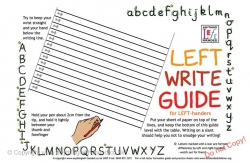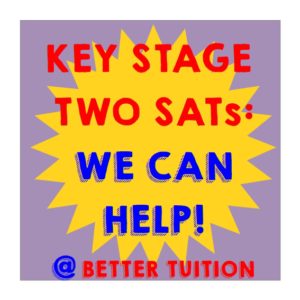Science Tuition for a better future
Many parents feel confident about helping their children with maths and English, but less so when it comes to science tuition. Here is a way you can combine a little science lesson with lots of fun – and contribute to an important research project.

Grow a Turing Sunflower
The Museum of Science and Industry (MOSI) in Manchester wants you to grow sunflowers and report back to them: why?
MOSI’s mass experiment
MOSI’s sunflower project is a mass experiment carried out to mark the centenary of Alan Turing’s birth. Alan Turing was a gifted scientist, widely credited with developing the early computer here in Manchester. A mathematician and code-breaker, he was fascinated by patterns in nature and began to study them in the hopes of better understanding how plants grow.
Much of his research focused on the Fibonnaci sequence, which is a pattern of numbers widely observed in nature, in plants and animals. The Fibonnaci sequence begins 0, 1, 1, 2, 3, 5, 8, 13, 21, 34, 55, 89, 144, 233, 377, … and continues. Each term in the sequence is the sum of the previous two terms (so 0 + 1 = 1 and 5 + 8 = 13). If you count the spirals in a sunflower’s seed head, you may find 34 spirals that turn clockwise and 21 that turn anti-clockwise: these are adjacent numbers in the Fibonnaci sequence.
See examples of the Fibonnaci sequence in nature here, and read about introducing the Fibonnaci sequence to your children here.
Sadly, Turing died before he could finish his work – read more about his tragic end here.
MOSI want to finish Turing’s research and will announce the results during Manchester Science Festival (27th October – 4th November). A host of cultural events to mark the centenary of Turing’s birth are also planned.
How to Take Part
First, plant your sunflowers. It’s a little bit late to plant your sunflowers now – so do it quickly and hope for good growing weather! Luckily it is much easier to sow your sunflowers now that the risk of frost has passed. You can find clear instructions here.
From August – October you can take your seed heads to various locations (to be confirmed closer to the time) or post your ‘spiral counts’ online. Watch this space for more information.
Science or Maths Tuition?
So, is MOSI’s mass experiment science or maths? It’s mathematics applied within a scientific context in order to develop our scientific understanding of how plants grow. It’s very hard to separate science and maths, which is why we often tutor both subjects together.
If you participate in MOSI’s mass experiment, we’d love to hear about the results: why not post your pictures to our Facebook page or tell us about it on Twitter? If you would like to find out more about science tuition in our popular tuition centre in Urmston, please get in touch to book a FREE assessment or to find out more information.












